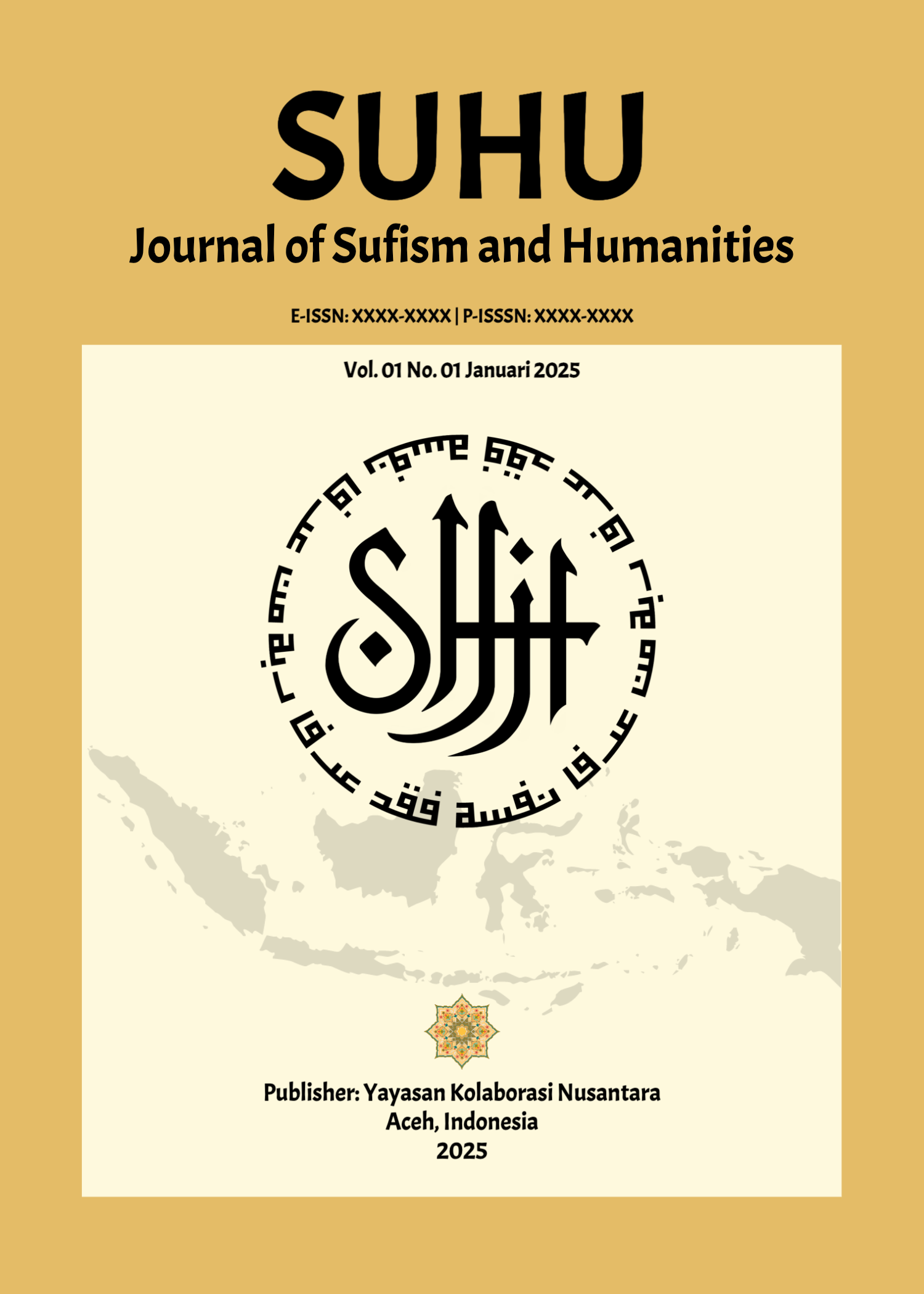Ibn Taimiyyah, Samā‘, dan Raqṣ: Kritik Tradisionalis terhadap Estetika Tasawuf dalam Islam
Keywords:
Ibn Taimiyyah, Estetika, Samā‘, Raqṣ, Sufi, TasawufAbstract
This article analyzes Ibn Taimiyyah’s critical views on the practice of samā‘ (Sufi music) and raqṣ (Sufi dance), as part of his epistemological and theological project of purifying Sufism. Using a desk study approach and a historical-critical examination of primary texts such as Kitāb al-Samā‘ wa al-Raqṣ, al-Istiqāmah, and the views of his disciple Ibn Qayyim al-Jauziyyah, the article also compares Ibn Taimiyyah’s arguments with those of figures such as al-Ghazālī and places them in a contemporary context. It finds that Ibn Taimiyyah’s critique was not merely a rejection of art, but a rejection of a spiritual epistemology not grounded in sharia. This finding is reinforced by contemporary studies by Arjan Post, Fadlou Shehadi and Yaron Klein. This article recommends a hermeneutical-contextual approach in rereading the legacy of aesthetic criticism in Islam.










